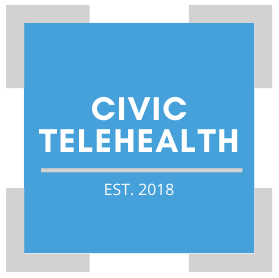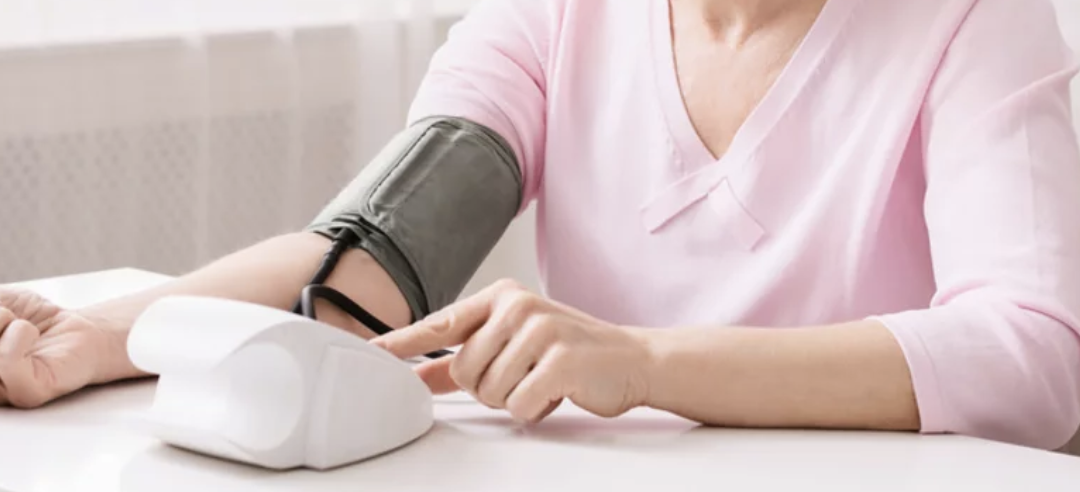As we have considered elsewhere (click here to read that article), hypertension, or high blood pressure (HBP), is the most prevalent risk factor for cardiovascular disease. Only about half of adult Americans with HBP have it under adequate control. One reason the problem is so difficult to address effectively is that few have any symptoms, even with dangerously elevated blood pressures, and many do not even know they have the problem at all. Remote patient monitoring (RPM) is a method of assessing an individual’s blood pressure over time, giving a fairer, more reliable indication than a single reading in a doctor’s office can provide of whether the person monitored does or does not have a blood pressure problem. If a blood pressure reading at the doctor’s office is a snap shot, RPM is a movie. RPM may be able to detect such a problem earlier than is possible without it, meaning that therapy can be started earlier with a better chance of avoiding strokes, heart attacks, and the other problems HBP causes. RPM is still relatively new, but evidence of its usefulness continues to emerge.
In a paper published in September, 2016, Chan Joo Lee and Sungha Park, of Severance Cardiovascular Hospital and Cardiovascular Research Institute, Yonsei University College of Medicine, Seoul, noted that “[h]ome BP [blood pressure] self-measurement and monitoring improves patients’ awareness and helps the management of hypertension. Recent technological advances are allowing for accurate measurement and telemonitoring of home BP, with a number of randomized clinical trials demonstrating the efficacy of telemonitoring for BP control.” Chan Joo Lee and Sungha Park, “The Role of Home Blood Pressure Telemonitoring for Blood Pressure Control,” 4(2-3) Pulse (Basel) 78-84 (2016 Sep), available at https://www.ncbi.nlm.nih.gov/pmc/articles/PMC5052691/.
This is an encouraging observation. In medical and bio-medical research, randomized clinical trials (RCTs) are considered the gold standard. Trial subjects volunteer to be randomly assigned to either the control group (not treated, or treated in conventional fashion) or the experimental group (treated with the drug or technology being evaluated). The investigators attempt to be sure the groups are comparable with respect to such factors as age, sex, diagnoses, medication history, and general health. In theory, if the two groups are comparable, then any differences in outcomes between them are presumably associated with the intervention under study, rather than with other, unrelated factors. While no study is perfect, scientists and healthcare professionals consider RCTs to be more reliable than any other form of clinical research.
Lee and Park mention several such trials in their paper. These vary in size, complexity, geographic footprint, and many other factors, but cumulatively they suggest that although more needs to be learned, BP monitoring works. Without trying to summarize all of the papers Lee and Park cited, one seems to stand out as especially suggestive and is briefly presented here.
In a British study, McManus RJ, Mant J, Bray EP, Holder R, Jones MI, Greenfield S, et al. Telemonitoring and self-management in the control of hypertension (TASMINH2): a randomised controlled trial. Lancet. 2010;376:163–172, found that self-management of hypertension in combination with telemonitoring of blood pressure measurements represents an important new addition to control of hypertension in primary care. See, https://pubmed.ncbi.nlm.nih.gov/20619448/.
In medicine, the search for new knowledge continues relentlessly. No doubt other trials will emerge examining the effectiveness and cost-effectiveness, the risks and benefits, and multiple other aspects of this form of remote patient monitoring. The nature of the science is such that some will be more favorable than others, some will be better-designed than others, but the overall consensus appears to support the conclusion reached by Lee ad Park: “The treatment of hypertension based on measurement of office BP once every few months may be a thing of the past…Therefore, home BP should be the ideal out-of-office BP measurement for routine management of hypertension patients.”

